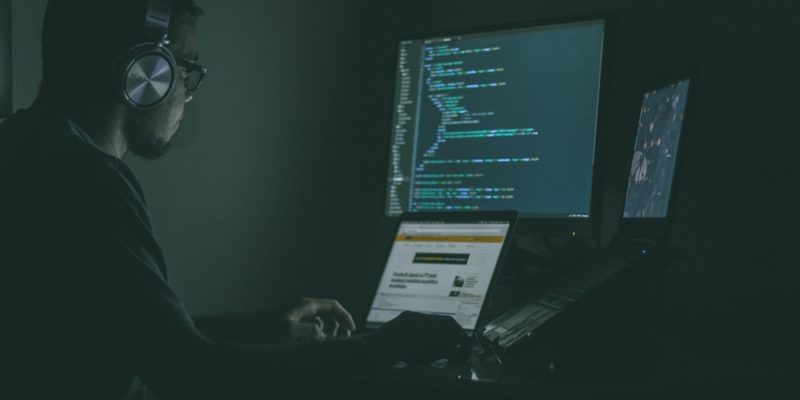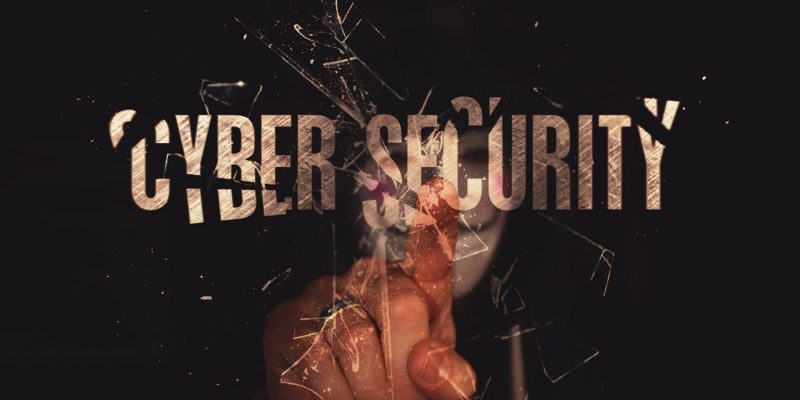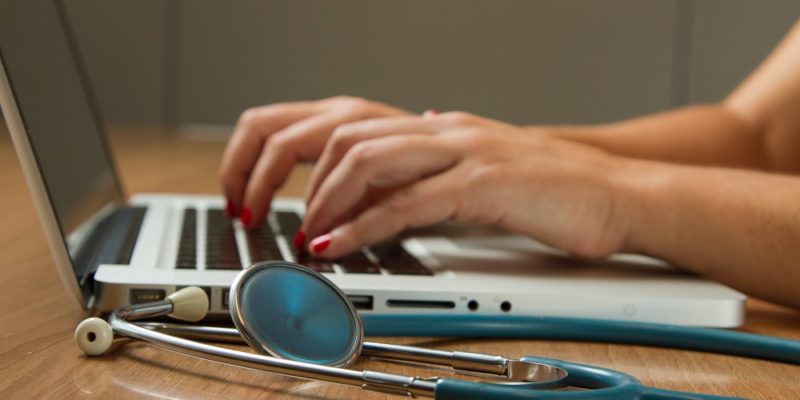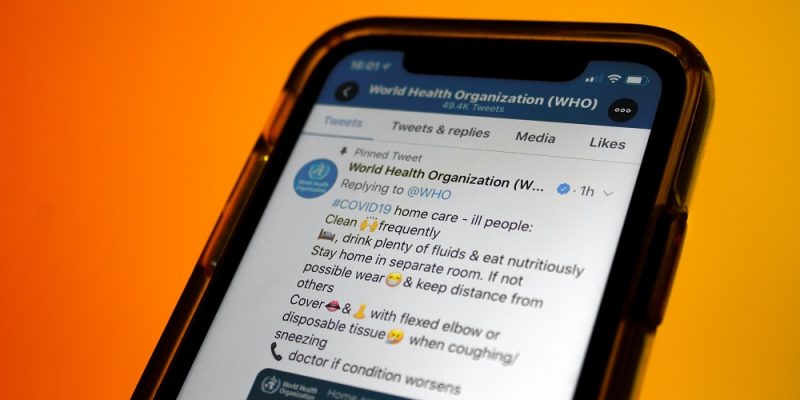 Healthcare organizations targeted with Maui ransomware
Healthcare organizations targeted with Maui ransomware
A less known ransomware threat dubbed Maui has been and is likely to continue hitting healthcare organizations, a new CISA alert warns. Maui is unusual in many ways: it does not show a ransom note, it does not rely upon external infrastructure to receive encryption keys, and it does not encrypt files and/or systems indiscriminately….







